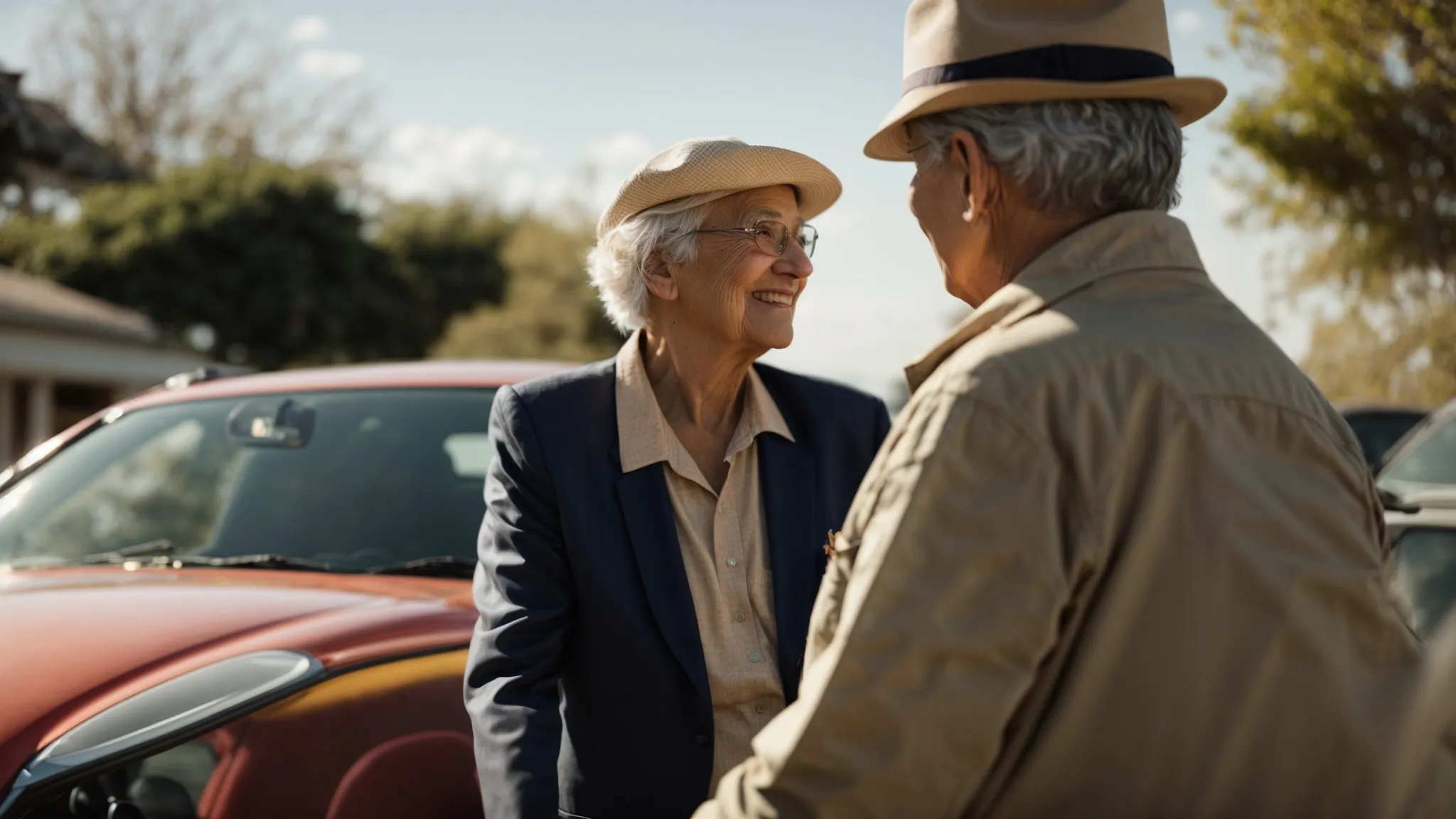
Uber for Seniors: Enhancing Mobility and Independence
As populations age worldwide, the demand for senior-friendly transportation solutions is on the rise. The loss of driving ability or the decision to stop driving can significantly impact an older adult’s sense of independence and their access to essential services. However, innovative transportation options are emerging to help bridge this gap. Uber, a leader in the rideshare industry, is expanding its services to tailor them to older adults’ needs. Keep reading to learn more about how Uber can enhance mobility and independence for the senior community.
Understanding the Mobility Challenges Faced by Seniors

For many seniors, the ability to move freely and access transportation is fraught with obstacles. Common issues such as reduced vision, decreased mobility, and cognitive impairments can make driving unsafe or impossible. The consequence of this restricted mobility can lead to social isolation, difficulty accessing medical care, and reduced quality of life. Understanding these challenges is the first step in addressing the transportation needs of older adults. Some services even provide Uber for seniors, streamlining the process even more.
Public transportation can be intimidating or physically demanding for many seniors, with concerns ranging from complex schedules to the physical strain of boarding or walking long distances to bus stops or train stations. These barriers make public transit an unattractive option for some senior citizens. Additionally, services like taxis, while more direct, are often cost-prohibitive for those on a fixed income.
Family and friends often step in to help, but this is not always a sustainable solution. Caregivers might have commitments such as work or their own family needs, limiting their availability. This dependency can also affect the senior’s sense of self-sufficiency, leading to decreased self-confidence and reluctance to ask for assistance when needed.
The pressing need for convenient and affordable transportation has prompted communities and service providers to explore innovative solutions. These services not only have to be practical and cost-effective but also considerate of seniors’ unique needs to support their desire to continue leading active and independent lives.
The Emergence of Uber as a Solution for Senior Transportation

The advent of rideshare platforms like Uber has revolutionized transportation options for a broad range of users, including seniors. Recognizing the mobility constraints that seniors face, Uber has taken steps to cater to this demographic. The simplicity of requesting a ride with just a few taps on a smartphone eliminates the need for timetables or waiting on the curb for a ride to arrive.
Uber’s cost structure is often cited as a significant advantage when compared to conventional taxis. With clear pricing presented prior to booking a ride and the ability to share rides to reduce costs further, it opens up an affordable transportation method. Seniors on fixed incomes can benefit from this transparency and affordability, making it easier to budget for transportation needs.
Moreover, Uber has focused on accessibility issues by introducing options for senior users. For example, there are vehicles that can accommodate wheelchairs and other mobility aids. In addition, efforts have been made to provide specialized training for drivers to aid seniors with special needs, ensuring a higher level of service tailored to the aging population.
Navigating the Uber App with Ease: A Guide for Older Adults
Adapting to new technologies can be daunting for anyone, but it can pose a particular challenge for seniors who may not be as familiar with smartphones. To bridge this gap, Uber has invested in making its app intuitive and user-friendly. Features such as large text and simple navigation can help older adults feel more comfortable using the app.
Education is also an essential component of easing the transition to using rideshare services. Many community centers and senior organizations host workshops and individual training sessions to walk seniors through the process of downloading the app, setting up an account, and requesting their first ride.
Uber also understands the value of having a human touch. For seniors who may not own a smartphone or prefer to arrange a ride over the phone, alternate methods to book a ride are available. This ensures that the technology does not act as a barrier to accessing the service.
The integration of Uber into the transportation network for seniors is paving the way for a future where mobility and independence are maintained well into our later years. It demonstrates how technology and thoughtful service design can have a profound effect on the quality of life for older adults. As we continue to evolve and innovate in the realm of senior transportation, Uber’s model stands as a beacon of independence, safety, and connectivity for those who value their autonomy